Sugae Masumi
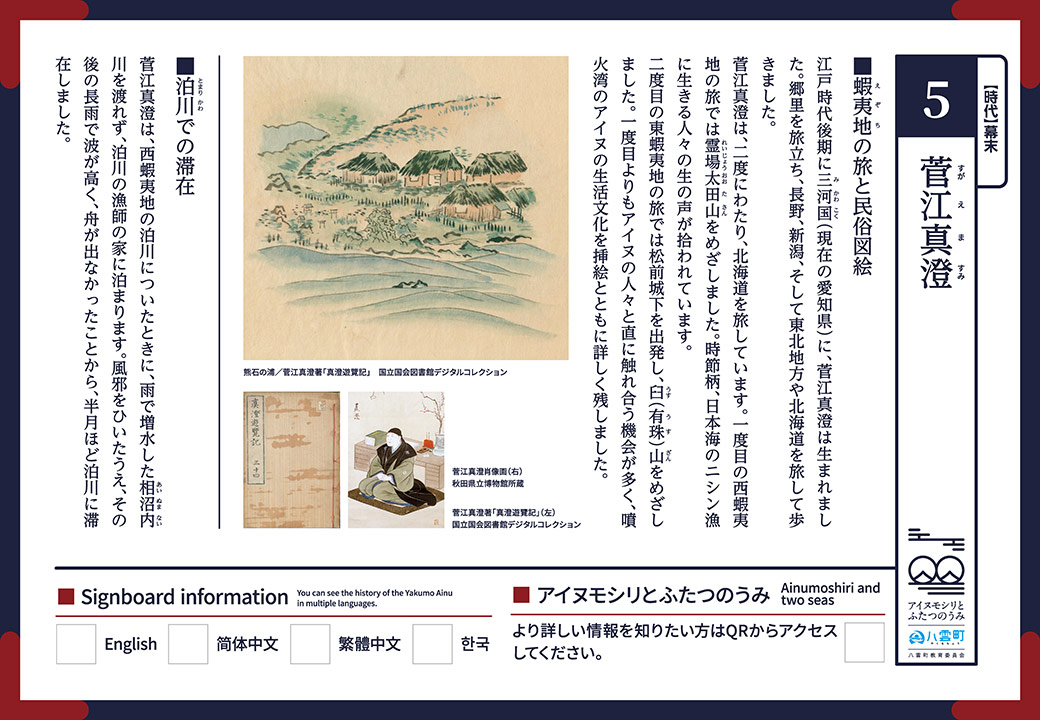
The Traveler Sugae Masumi
Late Edo Period
South Hokkaido (Funka Bay and Sea of Japan Coast), Aichi Prefecture, Akita Prefecture
MAP No.5 [Sugae Masumi Description Signboard]
MAP No.16 [Kumaishi Elementary School/Border to the Western Ainu Mosir Description Signboard]
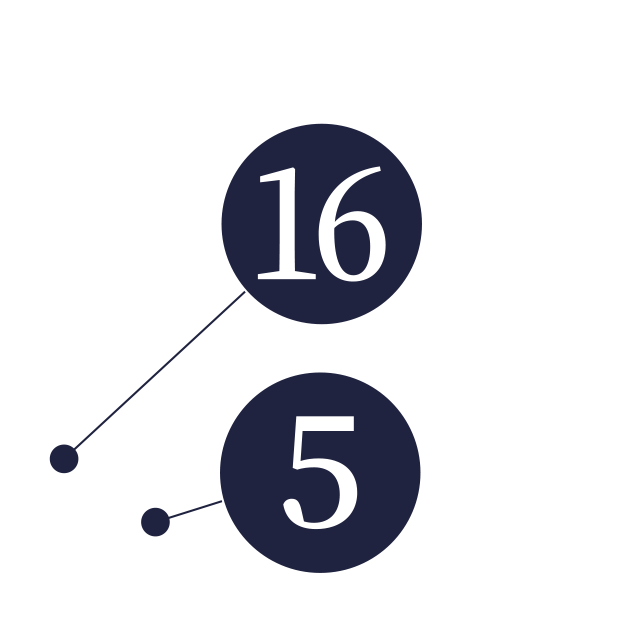
Journey in Ezochi and Folklore Paintings
Sugae Masumi was born in the late Edo period, in Mikawa Province (present-day Aichi Prefecture). After leaving his hometown, he traveled on foot to Nagano, Niigata, the Tohoku region, and to Hokkaido. Sugae Masumi made two journeys to Hokkaido.
The aim of his first trip, to Western Ezochi, was a pilgrimage to the sacred Mount Otasan. Due to the season at the time, he was able to capture the experiences of those who made their living through herring fishing on the Sea of Japan coast. On his second journey, to Eastern Ezochi, he departed from Matsumae Castle town and set off toward Mount Usu.
This trip featured more opportunities for direct contact with Ainu people than his first journey, and he left detailed illustrated records of the lifestyle and culture of the Funka Bay Ainu.
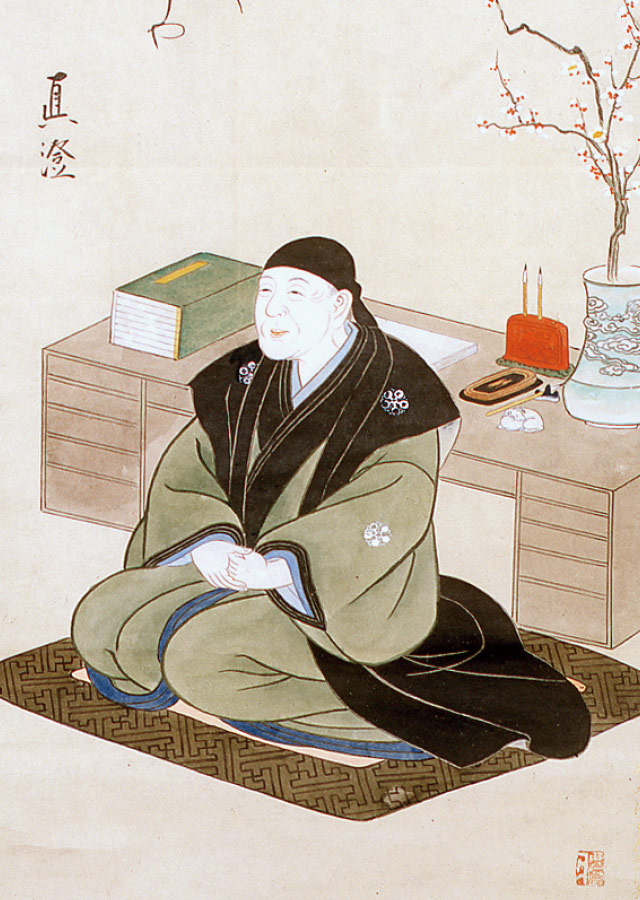
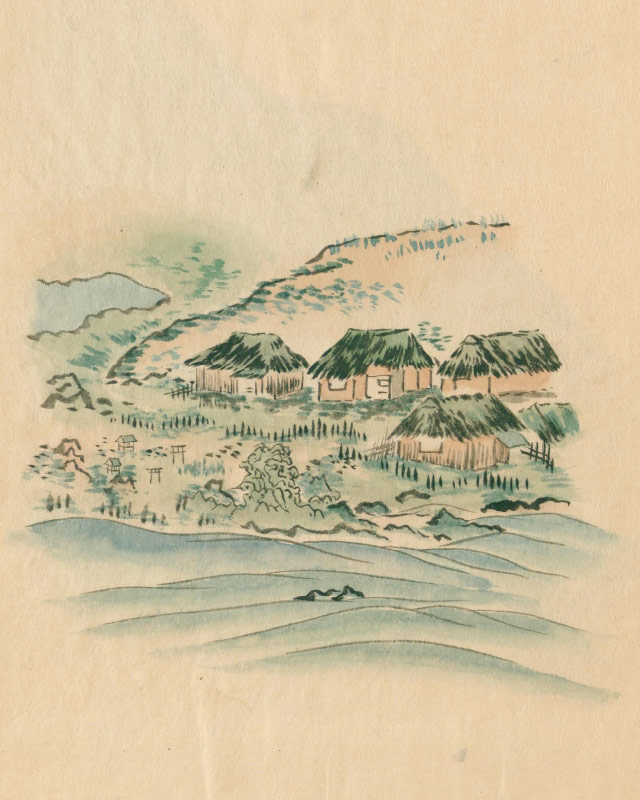
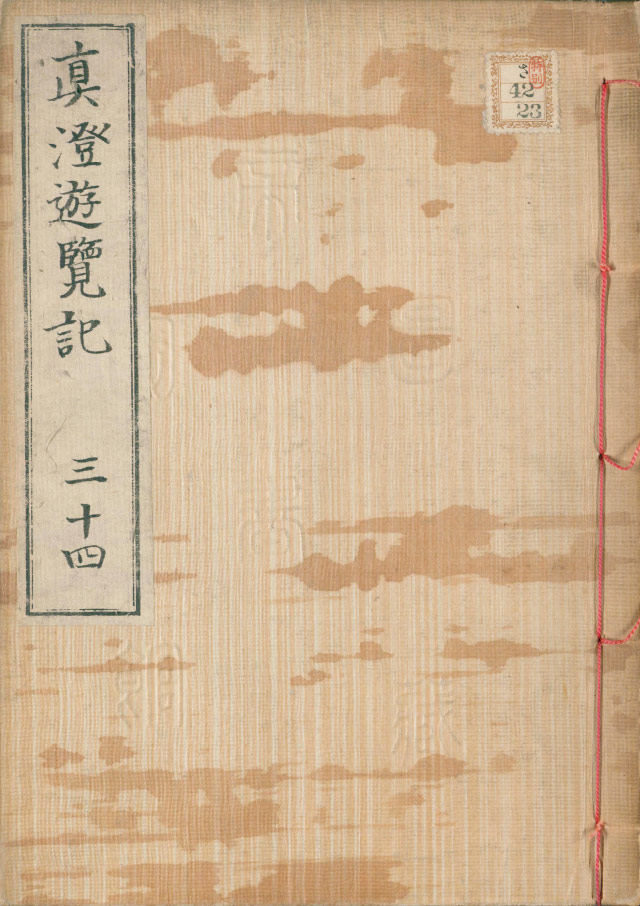
National Diet Library Digital Collection
Stay in Tomarikawa
When Sugae Masumi arrived at Tomarikawa in Western Ezochi, he was unable to cross the Ainumanai River, which had burst its banks due to heavy rain, leading him to stay at the home of a fisherman in Tomarikawa. Sugae was sick with a cold, and the continuous rain caused high waves that prevented boats from sailing. As a result, he stayed in Tomarikawa for around half a month.
■Sugae Masumi

Kumaishi-Tomarikawacho 171-1 Yakumo-cho, Futami-gun, Hokkaido 043-0334
Approx. 50 mins by car from downtown Yakumo
Border to the Western Ainu Mosir

Kumaishi Bansho (Guardhouse)
Late Edo Period
Kumaishi Area, Sea of Japan Coast
MAP No.5 [Sugae Masumi Description Signboard]
MAP No.16 [Kumaishi Elementary School/Border to the Western Ainu Mosir Description Signboard]

Kumaishi Bansho (Guardhouse)
In Genroku 5 (1692), Matsumae Domain established a Bansho (Guardhouse) in Kumaishi, and regulated passage to Ainu lands by Wajin (mainland Japanese people). The domain prescribed separate residential areas for Ainu and Wajin people, and designated Kumaishi as the northern boundary of the Western Wajin territory. Unauthorized entry to the Ainu lands further north was not permitted.
When Wajin sought to enter Ainu lands for fishing or trade with the Ainu, they had to obtain a travel permit (an “orai-tegata”) from the Okinokuchi Magistrate’s Office in Esashi, which was checked here at Kumaishi Bansho, where permission to enter was first given.
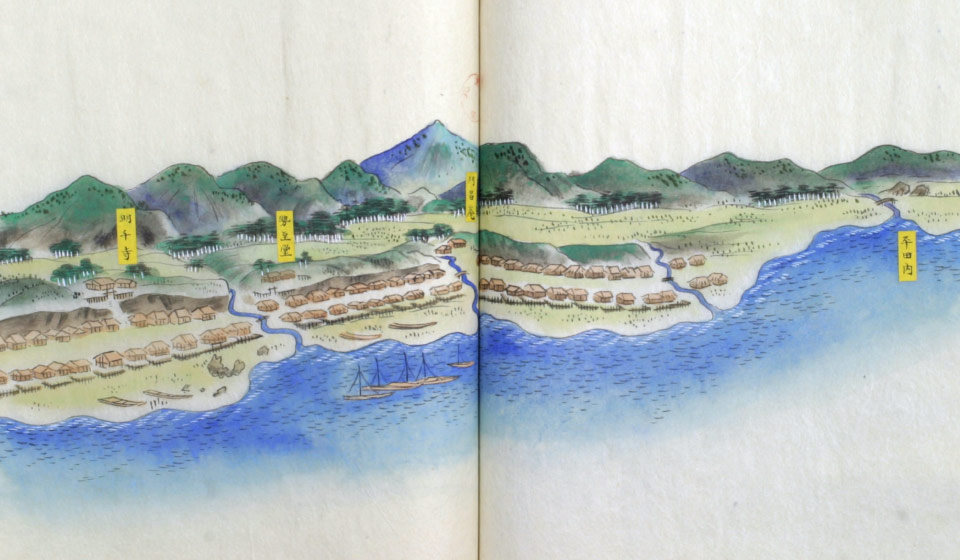
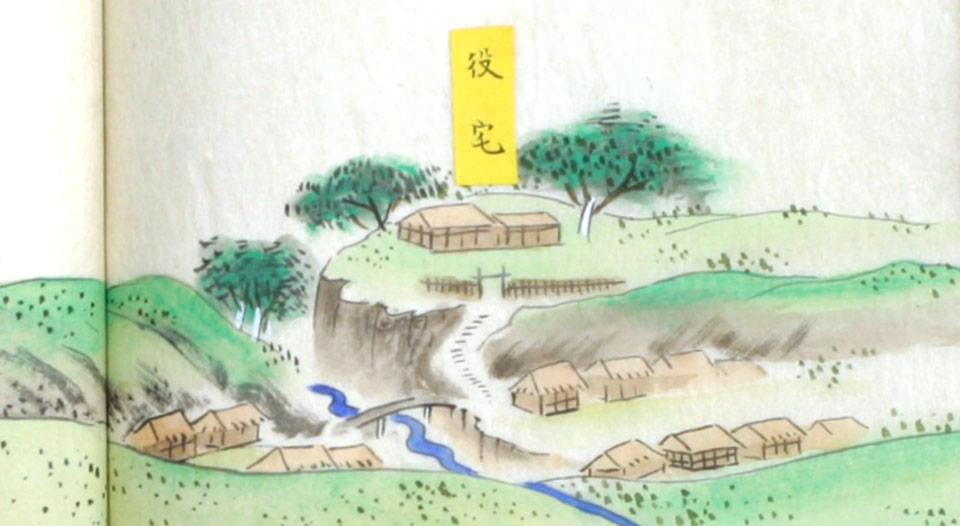
Origin of Kumaishi’s Name
The name Kumaishi originates from the Ainu word “Kuma-us-i”, meaning “Place with a Fish-drying Rack”. It was said to be a place where many poles were arranged for drying herrings. The Kumaishi area is known to have developed due to herring fishing, dating back to ancient times.
There is also a theory that the name derives from the Ainu word “Kuma-un”, meaning “Place where the Black Shadow Appears”; in other words, suggesting that the Cloud-Shaped Rock "Kumoishi” may be the origin of Kumaishi’s name.

■Border to the Western Ainu Mosir

Kumaishi-unseki-cho 744, Yakumo-cho, Futami-gun, Hokkaido 043-0416
Kumaishi Elementary School
Approx. 50 mins by car from downtown Yakumo

